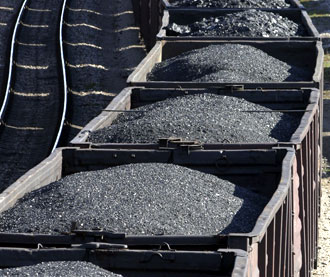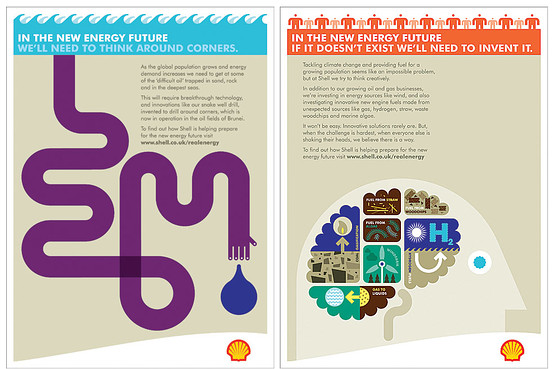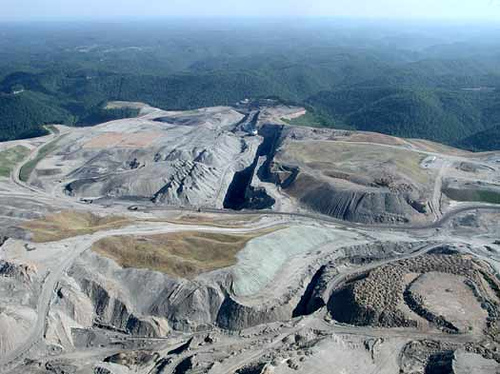Governments in coal producing nations like Australia, the US or China are beholden to their coal industry captains, for a number of reasons. One spin they like to use to greenwash coal production and use is the idea of ‘clean’ or ‘environment-friendly’ coal. BUT: there is no such thing – unless mega investments are being made in the whole coal related process: from extracting it to neutralising the effects of CO2 emissions to dealing with the waste after coal has been burnt. These investments would be too big in terms of research efforts, implementation and dollars to be spent to create the beneficial impact we need NOW for coal to contribute to the reduction of global warming. The following post by Jesse Jenkins on her Watthead blog highlights the ridiculous claims made by coal supporters as well as many of the problems of using coal to generate energy.
 Writing today for the New York Times, Matthew Wald looks at the increased prospects for new coal plants that capture and store their CO2, due to investments in CCS demonstration plants included in the American Recovery and Reinvestment Act. Writing about Duke Energy’s plans to build a new coal gasification plant that would demo carbon capture and storage (or CCS) technology in Edwardsport, Indiana, Wald writes:
Writing today for the New York Times, Matthew Wald looks at the increased prospects for new coal plants that capture and store their CO2, due to investments in CCS demonstration plants included in the American Recovery and Reinvestment Act. Writing about Duke Energy’s plans to build a new coal gasification plant that would demo carbon capture and storage (or CCS) technology in Edwardsport, Indiana, Wald writes:
“Duke Energy has high hopes for this two-acre plot: If all goes right, and there is a happy convergence of technology, money and federal energy policy, the construction project could become the first environment-friendly coal-fired power plant in the nation.”
Mnnnggggg! Sorry, wrong answer!
A coal plant that captures some (or even all) of its CO2 emissions is NOT “environment-friendly” by any stretch of the imagination. “Slightly-less-deadly,” certainly. Maybe even “climate-friendly” if it captures most or all its emissions. But environmentally-friendly? Give me a break!







 Battery charge and discharge happens through
Battery charge and discharge happens through ![Reblog this post [with Zemanta]](https://i0.wp.com/img.zemanta.com/reblog_e.png)

 Don’t be fooled; you cannot trust politicians or the mainstream press. If either of them would be truly outraged about business executive’s salary packages, they could have shown their misgivings for the last 2 decades, but they hardly ever did. So why now? And why at a time when the government is under pressure for bailing out banks and AIG?
Don’t be fooled; you cannot trust politicians or the mainstream press. If either of them would be truly outraged about business executive’s salary packages, they could have shown their misgivings for the last 2 decades, but they hardly ever did. So why now? And why at a time when the government is under pressure for bailing out banks and AIG? 
 Sustainability has been a core value for a small number of people for a long time and now even businesses are getting into the act. But, if you want to change the world you need to start in the schools.
Sustainability has been a core value for a small number of people for a long time and now even businesses are getting into the act. But, if you want to change the world you need to start in the schools.